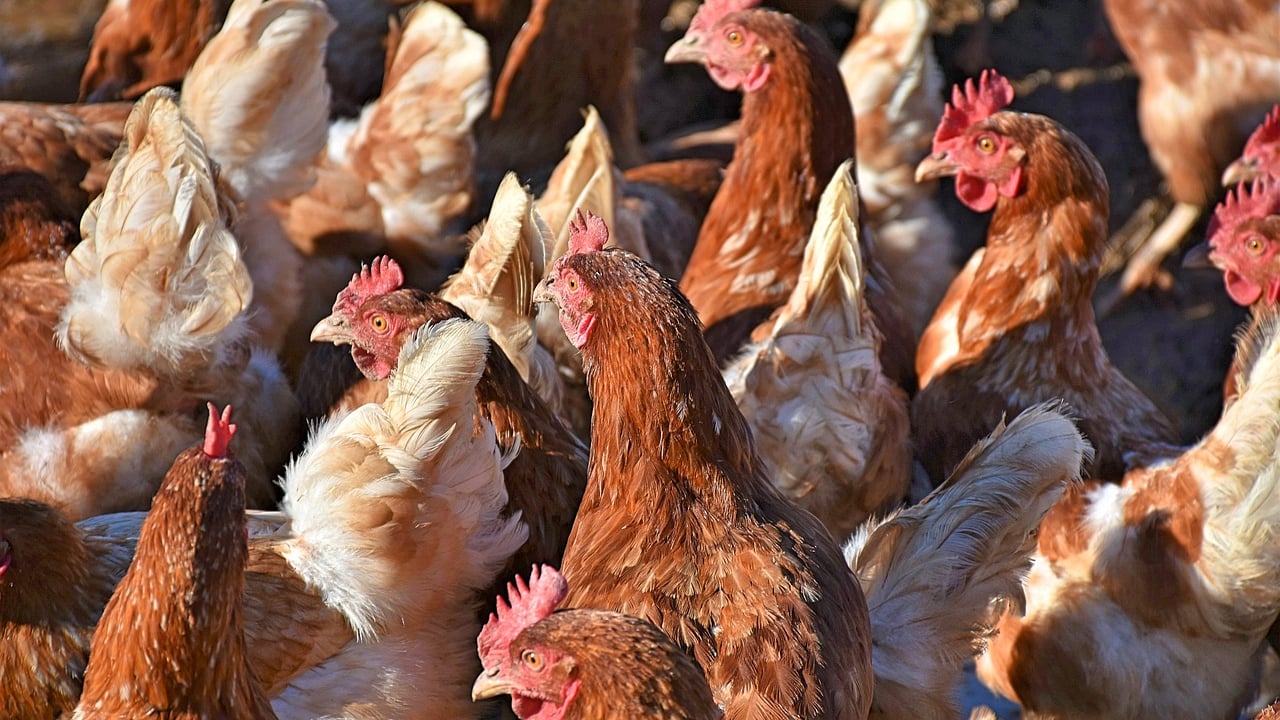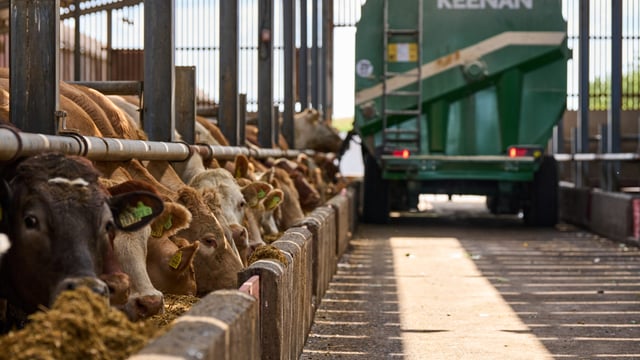Poultry to account for 41% of protein consumed from meat in 2032
Poultry meat is expected to account for 41% of the protein consumed from all meat sources in 2032, followed by pig, bovine and ovine meat, according to a new report.
Worldwide, poultry, pigmeat, beef, and sheepmeat consumption is projected to grow by 15%, 11%, 10%, and 15% respectively by 2032, the OECD-FAO Agricultural Outlook 2024-2033 report has found.
The global average per capita demand for meat is expected to increase by 2% from the 2020-2022 base period to 2032. A significant share of this increase will be due to growing consumption in middle-income countries.
Due to economic growth, urbanisation, and the growth of the fast-food industry in these countries, more significant changes in the consumer meat choices are anticipated in the coming decade, the report found.
The agricultural outlook report was released by the Food and Agriculture Organisation of the United Nations (FAO) and the Organisation for Economic Co-operation and Development (OECD) today (Tuesday, July 2).
The overall growth in the volume of meat consumption, aside from the US, Brazil and China, is expected to be greater in low-income countries, especially India, Pakistan, the Philippines, Vietnam, and Sub-Saharan Africa.
However, limited access at relatively low income levels will continue to constrain growth in per capita meat consumption in low-income countries, which is only 15% of the average in high-income countries, according to the report.
Meanwhile, concerns about human health, environmental impacts and animal welfare in high-income countries prompt a shift towards a diet that changes demand among meat products or reduces overall meat demand.
"Globally, there is a growing trend among consumers to become increasingly sensitive to animal welfare, environmental and health concerns, and poultry has the least carbon footprint.
"In some instances, these shifts in preferences may lead to shrinking per capita meat consumption," the report states. This is the case in the EU, for which an ongoing substitution of beef and pigmeat by poultry meat is foreseen.
The global increase in protein from poultry consumption as a share of total protein frommeat has been the main feature in the growth in meat consumption for decades. This trend is expected to continue.
This is due to several factors, particularly the lower price of poultry meat compared to other types of meat, and that it contains a "healthy combination" of protein and low fat, according to the OECD-FAO report.
The most significant growth in import demand for meat originates from Africa, which will account for 78% of additional imports of all meat types. Asia, excluding China, is another fast-growing meat importing region.
Global meat production will be mainly driven by growth in poultry meat and a significant increase in pigmeat production, assuming ongoing recovery from the major outbreaks of African Swine Fever (ASF) in Asia, including China.
The ongoing reduction in China’s meat imports is expected to be offset by growing demand from middle-income countries in Asia that shift towards diets that include more animal products, and low-income countries with a high population growth.
Meanwhile, most regions are projected to reduce their beef intake apart from the Asia-Pacific region, where per capita consumption is expected to rise. North America and Oceania are projected to see the most significant declines.
Sheepmeat remains an essential source of protein for many consumers, particularly in the Middle East and North Africa. While some change is occurring in global dietary patterns, the contribution of sheepmeat is projected to remain stable.






